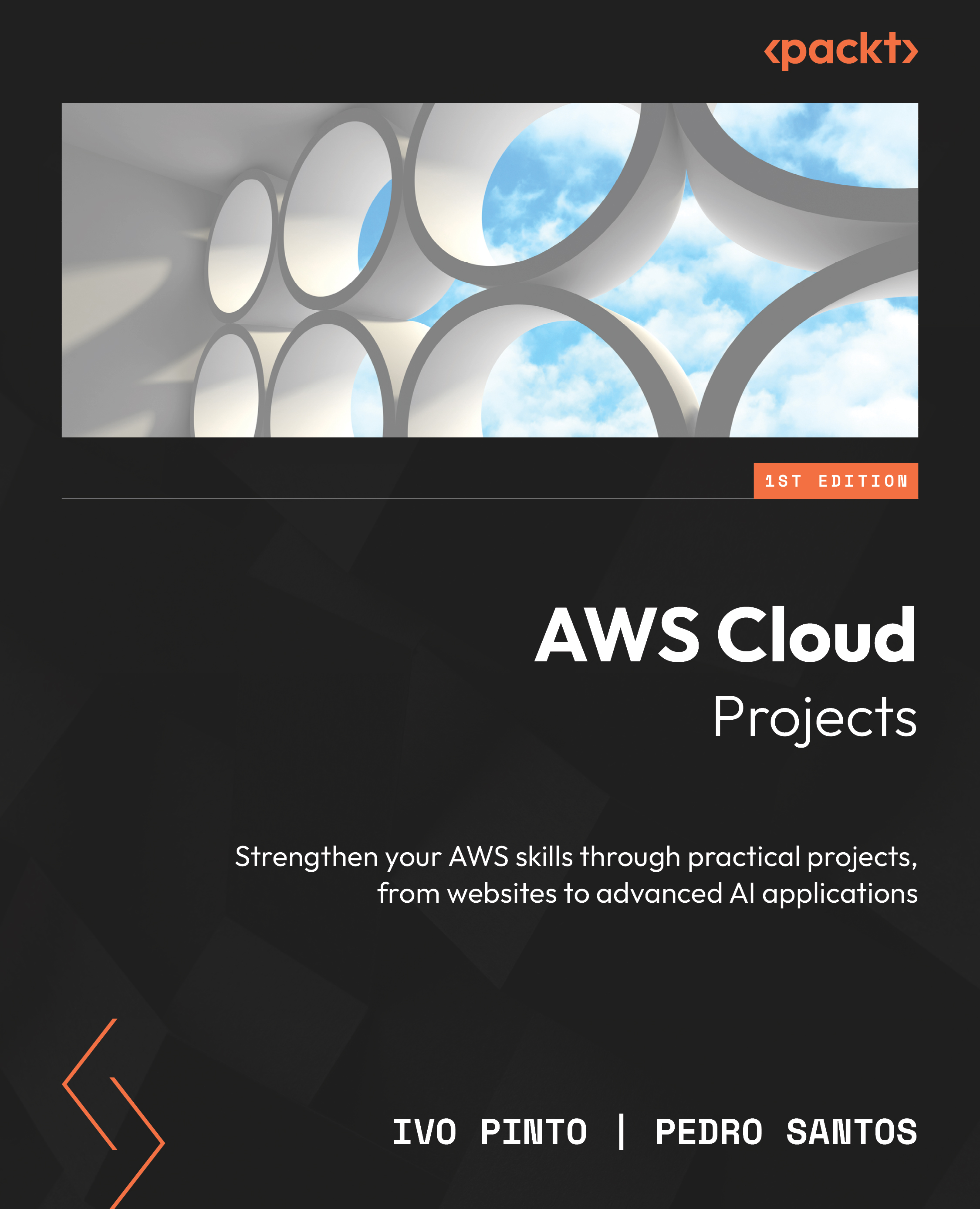Future work
Congratulations, you now have a working static website hosted on AWS. There are multiple features you can complement it with. This section details a few ideas, but it doesn’t guide you through their implementation.
Implementing custom DNS
Right now, your CV is at a non-memorable URL. It would be easier for you and others to remember if your URL was something such as bestcandidatecv.com.
When you access a URL, in the backend, your workstation does a lookup of this URL to retrieve the IP address. Then it connects to that address.
To verify this behavior, open your favorite terminal and execute the following command; it returns a series of IP addresses. Make sure you replace the URL with your own:
$ nslookup d1hjtv5xjv873g.cloudfront.net
CloudFront supports having custom domain names.
To achieve it, first, you will need to register a new domain. Domains are unique. Within the AWS ecosystem, you can register a new domain using Route 53. However, you...































































